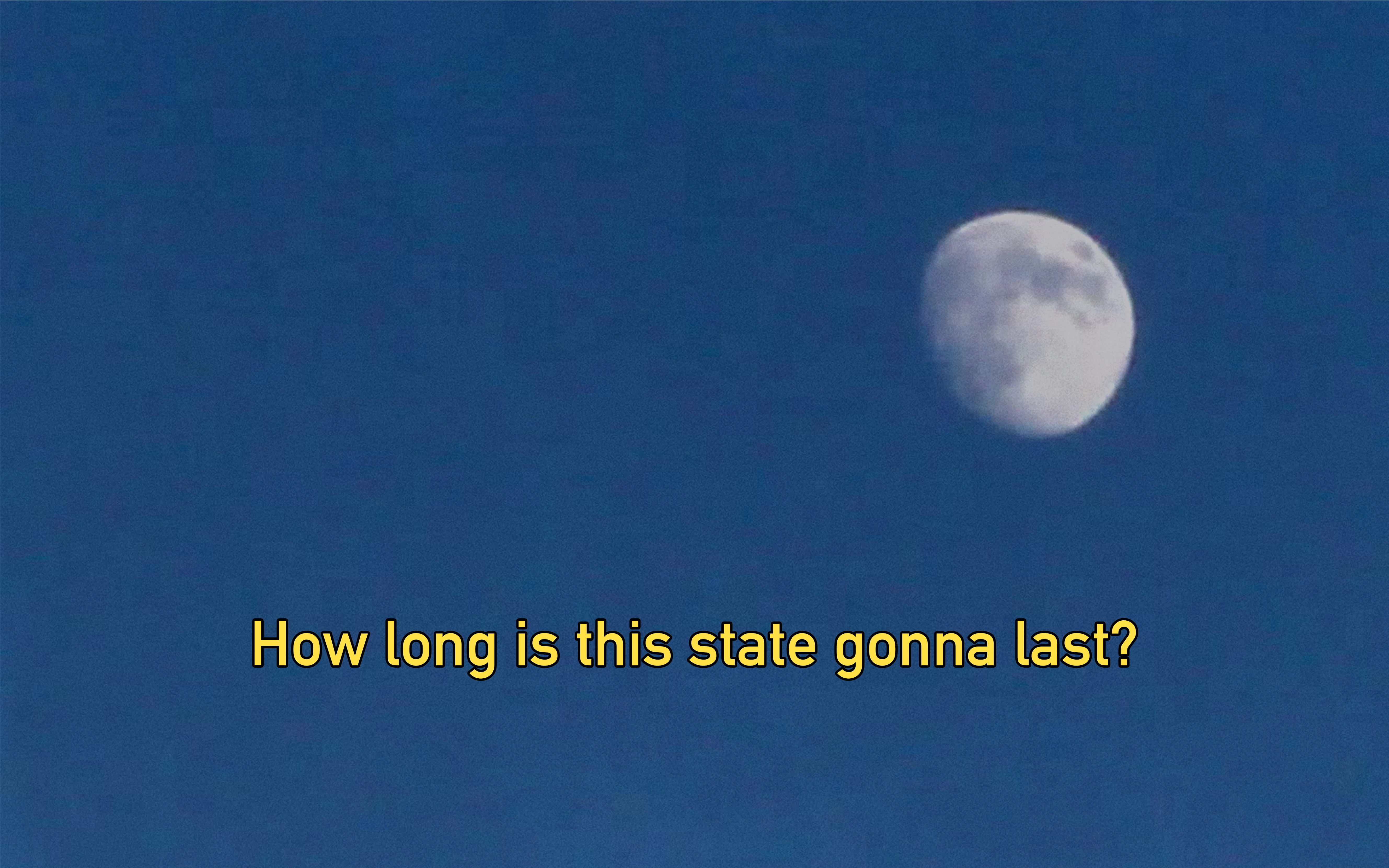
“Sometimes there is a double possibility of interpretation, whence appears the necessity for two readings [...] There are works in which the event seems natural to the reader. But there are others (rare, to be sure) in which the character considers natural what happens to him. By an odd but obvious paradox, the more extraordinary the character’s adventures are, the more noticeable will be the naturalness of the story: it is in proportion to the divergence we feel between the strangeness of a man’s life and the simplicity with which the man accepts it [...] People have spoken of an image of the human condition [...] It is by such contradictions that the first signs of the absurd work are recognised. The mind projects into the concrete its spiritual tragedy. And it can do so solely by means of a perpetual paradox which confers on colours the power to express the void and on daily gestures the strength to translate eternal ambitions [...] But it is also the product of that incalculable amazement man feels at being conscious of the beast he becomes effortlessly [...] A symbol, indeed, assumes two planes [everyday life and supernatural anxiety], two worlds of ideas and sensations, and a dictionary of correspondences between them. This lexicon is the hardest thing to draw up. But awaking to the two worlds brought face to face is tantamount to getting on the trail of their secret relationship.”
Albert Camus, The Myth of Sisyphus, 1942